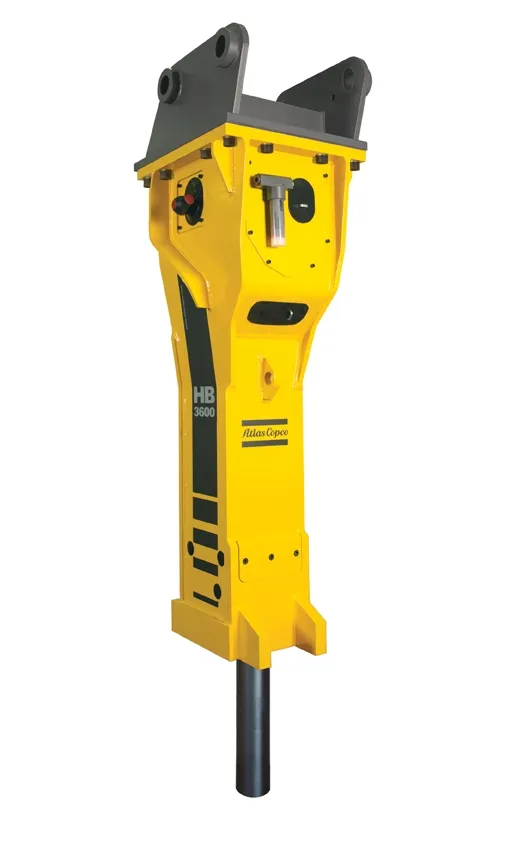Developing smarter lighting solutions is part of Atlas Copco’s strategy for its new Power and Flow division, presented at a recent corporate event in London. Power and Flow was set up only in January this year as part of a major corporate revamp late last year. The leadership team of the Power Technique business area explained
the strategic vision outlining how digitalisation and the construction of smart cities will be powered by cleaner and more connected energy technologies.
Advances in air, power and
May 21, 2018
Read time: 2 mins
Developing smarter lighting solutions is part of Atlas Copco’s strategy for its new Power and Flow division, presented at a recent corporate event in London.
Power and Flow was set up only in January this year as part of a major corporate revamp late last year. The leadership team of the Power Technique business area explained the strategic vision outlining how digitalisation and the construction of smart cities will be powered by cleaner and more connected energy technologies.
Advances in air, power and flow technologies, such as portable compressed air machinery, electrical generators, dewatering pumps and light towers will cut carbon emissions and reduce noise.
“Our core competency is providing power solutions to thousands of sites all over the world,” said Andrew Walker, president of the161 Atlas Copco Power Technique business area. “We are now focused purely on three pillars - air, power and flow and will continue to accelerate our research and new product development in these areas.”
Atlas Copco’s new ultra-quiet, diesel-driven, LED light tower has been specifically designed for use in urban areas. With operating noise levels as low as 55dBA, the renewed version of the HiLight B5+ light tower is ideal for events, temporary public lighting or enhanced visibility at construction sites near residential areas. The light tower’s LED floodlights can cover 5000m² at an average luminosity of 20 luxes. New safety and efficiency enhancements for light towers were also introduced.
The HiLight B5+ - and future Atlas Copco light towers - will be able to be equipped with the SmartMast. In-built sensors detect adverse environmental conditions, such as high winds, and automatically lower the vertical mast when safety or stability is compromised. It is also programmed to alert end users to potential obstacles and impacts. It also provides stability assistance when installing the light tower by flagging up irregular surfaces and floors to ensure safe siting.
Power and Flow was set up only in January this year as part of a major corporate revamp late last year. The leadership team of the Power Technique business area explained the strategic vision outlining how digitalisation and the construction of smart cities will be powered by cleaner and more connected energy technologies.
Advances in air, power and flow technologies, such as portable compressed air machinery, electrical generators, dewatering pumps and light towers will cut carbon emissions and reduce noise.
“Our core competency is providing power solutions to thousands of sites all over the world,” said Andrew Walker, president of the
Atlas Copco’s new ultra-quiet, diesel-driven, LED light tower has been specifically designed for use in urban areas. With operating noise levels as low as 55dBA, the renewed version of the HiLight B5+ light tower is ideal for events, temporary public lighting or enhanced visibility at construction sites near residential areas. The light tower’s LED floodlights can cover 5000m² at an average luminosity of 20 luxes. New safety and efficiency enhancements for light towers were also introduced.
The HiLight B5+ - and future Atlas Copco light towers - will be able to be equipped with the SmartMast. In-built sensors detect adverse environmental conditions, such as high winds, and automatically lower the vertical mast when safety or stability is compromised. It is also programmed to alert end users to potential obstacles and impacts. It also provides stability assistance when installing the light tower by flagging up irregular surfaces and floors to ensure safe siting.








